Research in biological physics often requires collaboration across different fields.
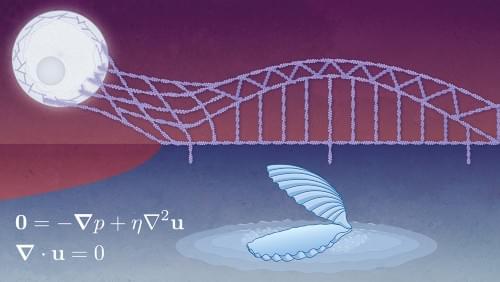

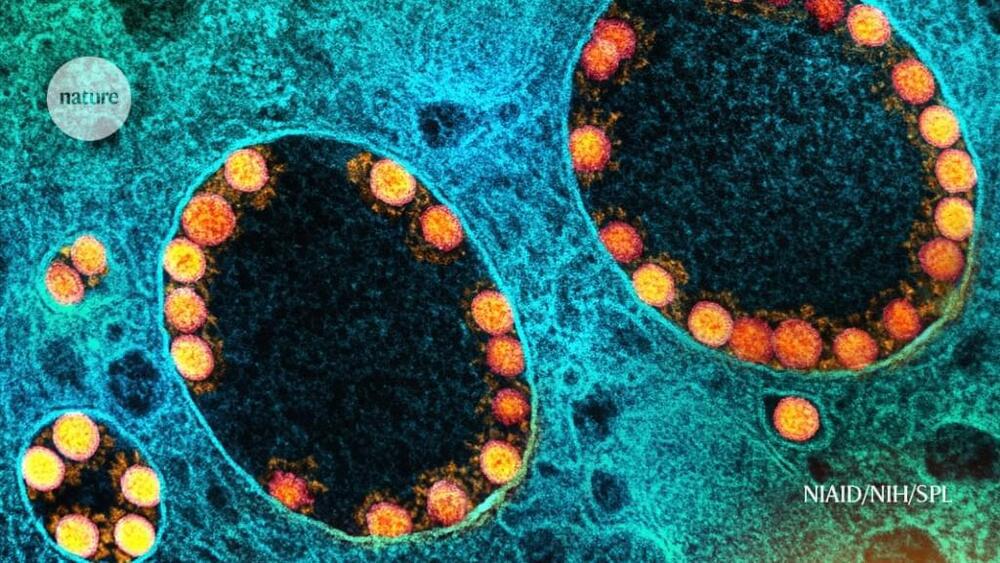
Join us on Patreon! https://www.patreon.com/MichaelLustgartenPhDDiscount Links: At-Home Metabolomics: https://www.iollo.com?ref=michael-lustgartenUse Code: C…

Summary: A novel aircraft design pioneered by startup Natilus could dramatically alter the cargo transportation industry, offering larger capacities, reduced emissions, and futuristic remote control options.
In the field of aviation technology, a groundbreaking blended-wing robotic aircraft presents a future where efficient and sustainable cargo planes are the norm. The company pioneering this effort, Natilus, has built a model that harmonizes ecological concerns with the need for faster and cost-effective transportation.
Drawing from the source article, the unconventional plane differs from traditional airliners with its distinct diamond-shaped body that facilitates a more spacious cargo hold. This design enables up to 60 percent more cargo to be carried compared to the current models in use. Furthermore, it notably claims to cut carbon emissions by half, a crucial development for an industry under increasing pressure to become more environmentally friendly.
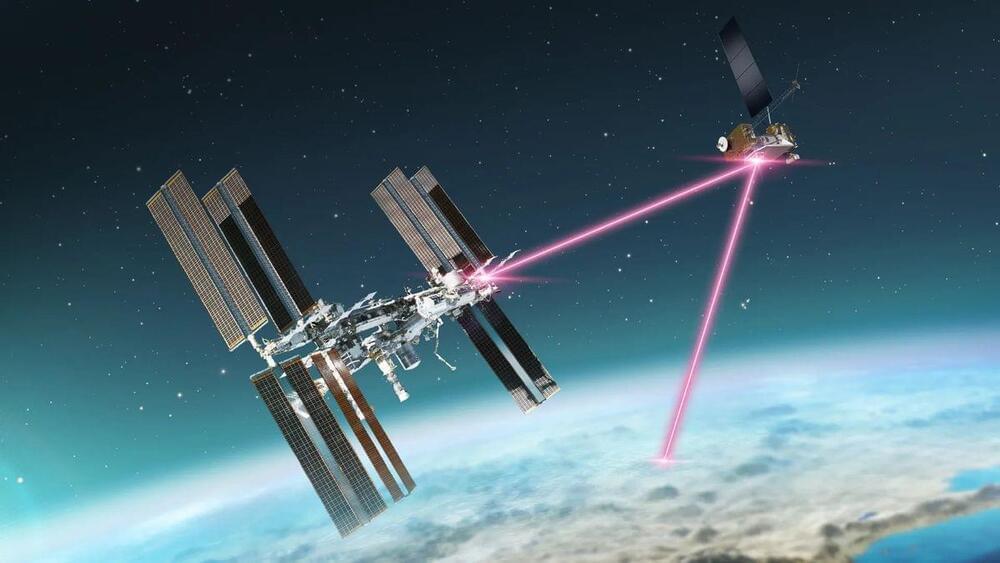
NASA has completed its first laser link with an in-orbit laser relay system, marking a significant advancement in space communication technology.
The successful demonstration of two-way laser communications on Dec. 5 between laser terminals in different orbits could provide a basis for faster communications between Earth and the moon or even beyond.

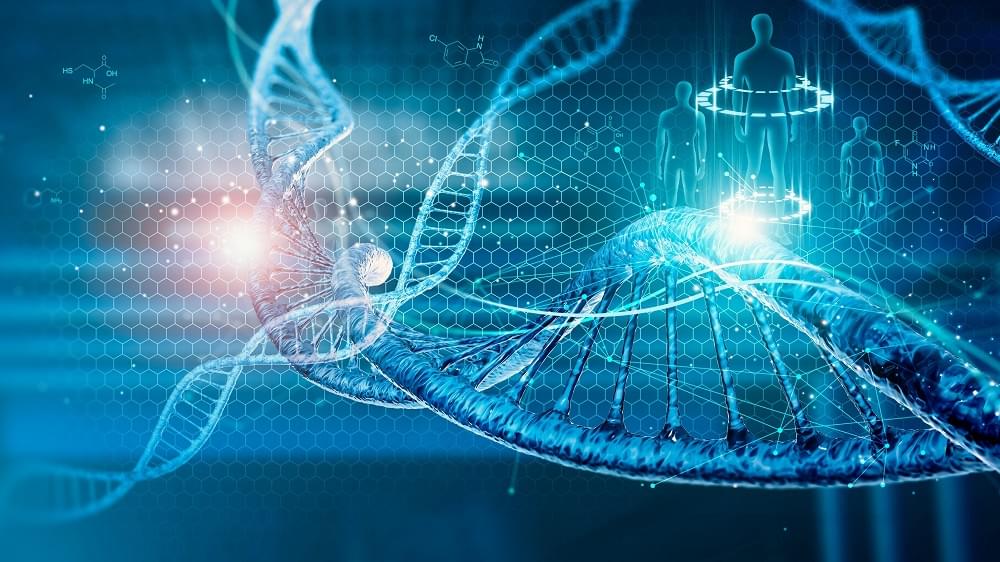
In a new paper, Sinclair and his co-authors outline a theory arguing that epigenetic changes are the underlying cause of aging [1].
It is not every day that one of the most prominent geroscientists presents a new theory of aging. David Sinclair of Harvard, along with two co-authors, Yuancheng Ryan Lu and Xiao Tian, have just published “The Information Theory of Aging” in Nature Aging. This theory was proposed by Sinclair years ago [2], and this new paper is an attempt to summarize it based on the most recent research.
The ability to store and retrieve information is central to life, which relies on the constant reproduction of complex organisms using DNA blueprints. However, on top of that digital genetic code, there is a much messier realm of epigenetics, which regulates how genetic information is translated into proteins.
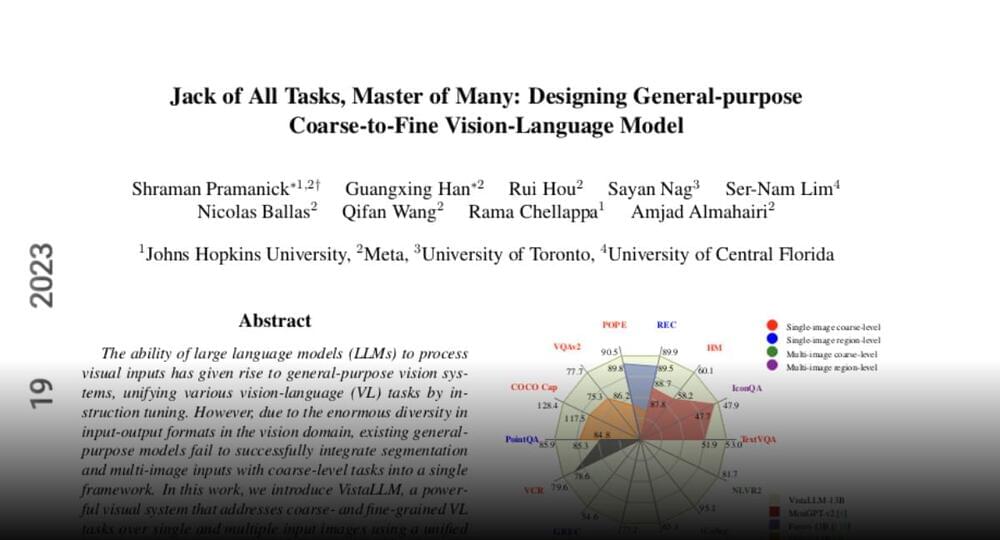

The clip, which made the rounds on social media, showed the 7,000-pound truck with a Christmas tree loaded in its bed helplessly spinning its tires while slowly being towed up the hill by a white Ford truck.
The incident led to plenty of mockery. After all, Tesla CEO Elon Musk made a big deal out of the Cybertruck having “more utility than a truck” during his incredibly awkward delivery event last month.
Even the local Stanislaus National Forest Service, which manages the National Forest where the truck got stuck, took the opportunity to issue a public service announcement, as spotted by the LA Times.
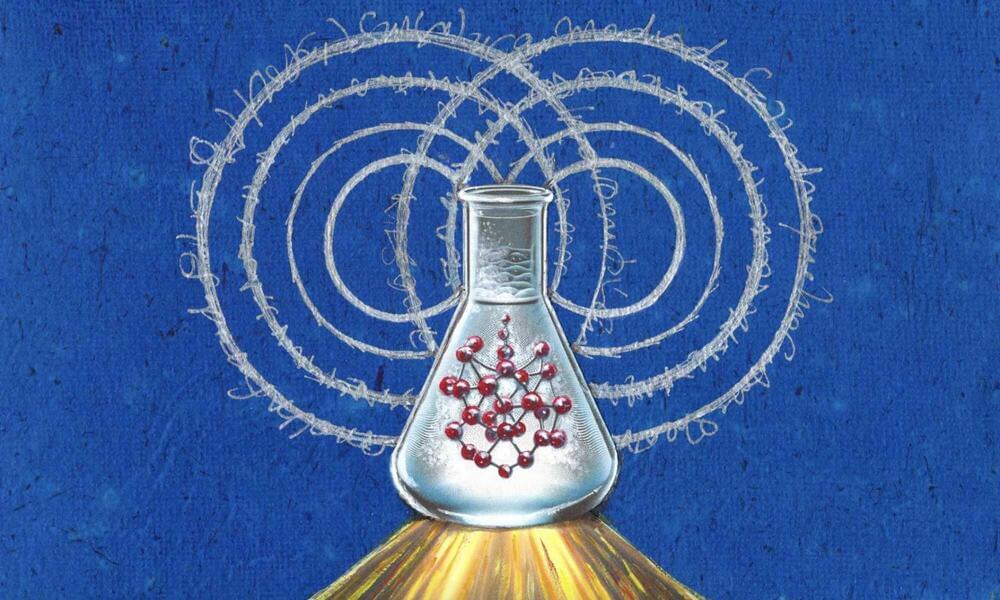
In quantum mechanics, particles can exist in multiple states at the same time, defying the logic of everyday experiences. This property, known as quantum superposition, is the basis for emerging quantum technologies that promise to transform computing, communication, and sensing. But quantum superpositions face a significant challenge: quantum decoherence. During this process, the delicate superposition of quantum states breaks down when interacting with its surrounding environment.
To unlock the power of chemistry to build complex molecular architectures for practical quantum applications, scientists need to understand and control quantum decoherence so that they can design molecules with specific quantum coherence properties. Doing so requires knowing how to rationally modify a molecule’s chemical structure to modulate or mitigate quantum decoherence.
To that end, scientists need to know the “spectral density,” the quantity that summarizes how fast the environment moves and how strongly it interacts with the quantum system.